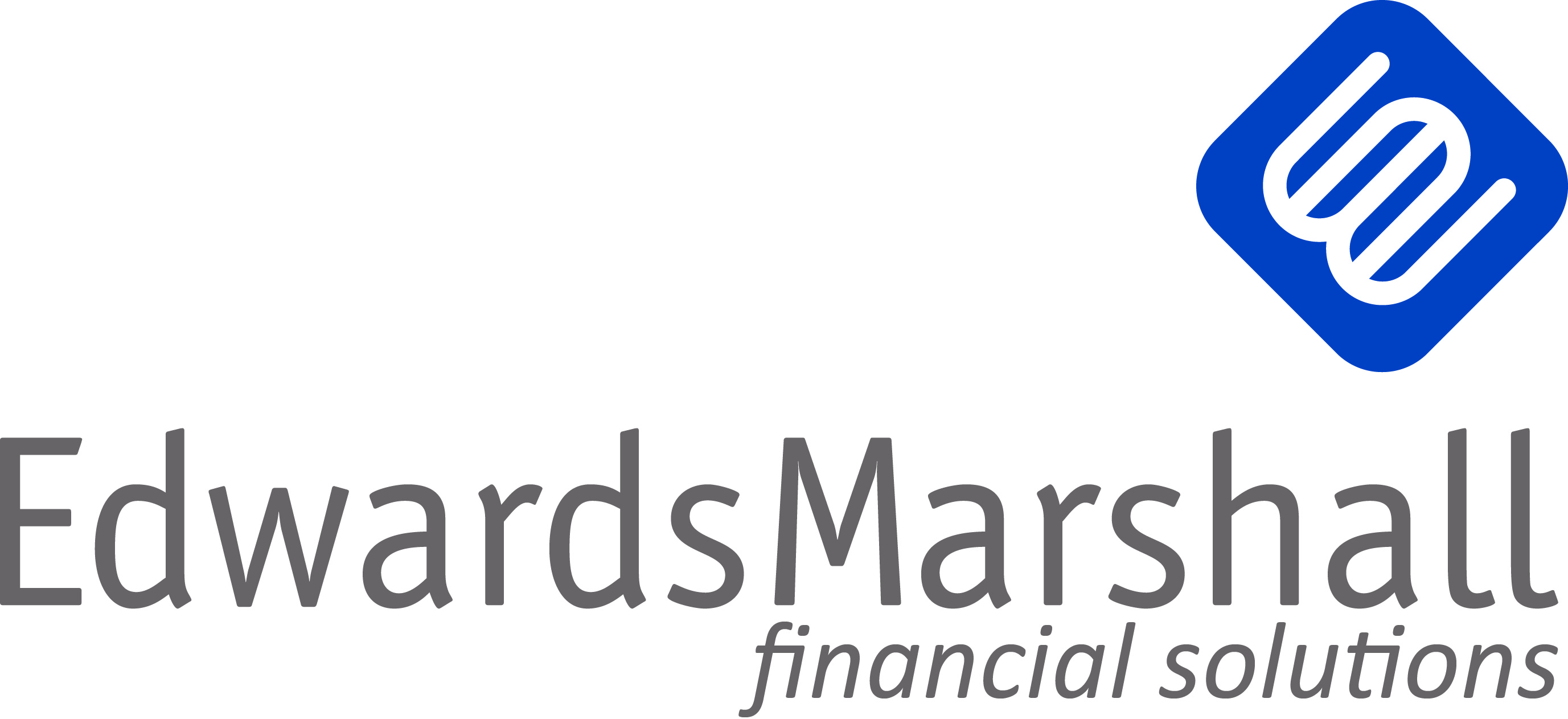We provide clients with many professional and technical services. For a detailed description, please select the relevant service.
Great
News
Feb 02, 2021 / News
How debt can help you build long-term wealth

Contrary to what some people may think, debt can help you build your wealth – especially if the debt is used responsibly with a clear plan and objective. In this article, we look at three ways that may help you to better utilise debt to increase your wealth over the long-term.
‘Efficient’ debt verses ‘inefficient’ debt
It’s important to outline the difference between efficient and inefficient debt.
Inefficient debt is generally associated with assets that depreciate in value and have no potential of producing income or offering tax benefits. This could include debt such as a car loan or using a credit card to pay for a holiday.
Efficient debt on the other hand is acquired to purchase assets that have the potential to grow in value and/or generate income that can be used to pay back the debt. Examples of such assets include property, shares and other securities such as managed funds. It’s this type of debt that can help you build real wealth over the long term.
There are a number of ways to manage debt as a means to build wealth over the long-term.
1. Remove inefficient debt
Having inefficient debt is more than likely reducing your wealth due to the associated interest and fees. In some cases, it may be worthwhile focusing on paying down this debt first – starting with your highest interest/fee debt, and progressively paying this off.
For instance, if the interest on your credit card balance or personal loan is more than the interest on your home loan, depending on your circumstances, it may be better to pay off your credit card debt first given it has higher interest and fees than your home loan. By utilising this approach, you should be able to progressively reduce your overall interest payments.
2. Borrowing to invest
Borrowing to invest (e.g., in property or shares), or gearing, can be a powerful means to build wealth over time as it enables you to purchase more investments than would be otherwise possible.
If your investments increase in value over time, gearing can generate a higher overall return, after the interest and other costs associated with the debt have been factored in. Capital growth and income generated from the assets can also be used to pay back the debt plus interest and fees. The interest charged on the debt may also be tax deductable.
However, there is always a risk that your investments may decrease in value, resulting in owing more on the loan than the value of your investment. If you’re unable to pay back the loan due to unexpected circumstances such as, an interest rate increases or you’re out of work for an extended period, the lender may have the right to take ownership of your investments.
In a worst-case scenario, depending on the amount you’ve borrowed to invest, you could lose more than your initial capital.
3. Debt Recycling
Debt recycling can be an effective strategy to accumulate wealth over time by converting some of your debt, which is inefficient (doesn’t generate capital growth or income, or isn’t tax-deductable) into debt that may be efficient (generates capital growth or income, or is tax-deductable).
One way to do this involves using a lump sum – possibly received from a bonus or an inheritance – to pay off your inefficient debt. If you then borrow the same amount and invest it, you’re essentially replacing the inefficient debt with a debt that is tax-deductable and could potentially generate wealth.
There are other options for implementing a debt recycling strategy, with varying levels of risk. A financial adviser may be able to help you determine a strategy that is most suitable for your needs.
The risks associated with taking on debt
Using debt as part of your investment strategy can introduce substantial risk including:
- Borrowing could increase potential losses
- Your losses could exceed the amount initially invested
- The value of your investments purchased using debt may not increase, or if the value does increase, it may not be sufficient to cover the costs of the loan such as interest and fees
- You may need to sell your investments sooner than intended to cover your interest, fees and charges
- If you are unable to repay your loan, the lender may have the right to sell your assets to cover outstanding repayments, interest or fees
- You may be liable to pay more tax.
In summary
Given the level of risk associated with an investment strategy that incorporates debt, it’s important to consider whether this approach is right for you. Speaking to a professional, such as your Edwards Marshall Financial Solutions financial adviser, is highly recommended.
It’s also important not to incur more debt than you can comfortably afford to pay back, regardless of whether it is efficient or inefficient.
Bottom line: when it comes to taking on debt, there is always risk, but if managed well, efficient debt can help you to build your wealth over time.
About us
EMFS was formed in 2001 originally to service the financial planning needs of the clients of Nexia Edwards Marshall, Chartered Accountants. In addition, we now service clients referred by other accounting firms, lawyers and clients who are not serviced by Nexia Edwards Marshall. We manage funds totalling about $250m on behalf of clients.
Liability limited by a scheme approved under Professional Standards Legislation. Contents of this publication are general of nature and are not intended to be used for decision making purposes. Edwards Marshall Financial Solutions Pty Ltd ABN 45 096 434 842 is an Authorised Representative of Edwards Marshall Advisory Pty Ltd ABN 18 600 878 555. AFS Licence No. 479 792.


